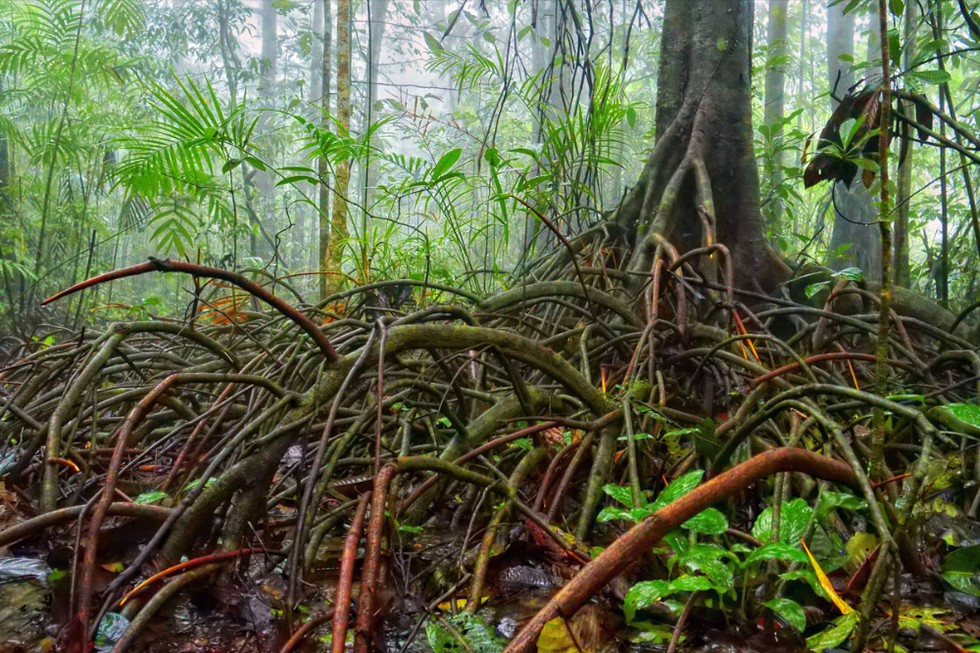
About Myristica Swamps:
A group of researchers recently disco...
Researchers are breathing new life in...
A powerful drought in the Amazon rain...
Two anti-submarine warfare shallow wa...
As many as 54 settlements of the Paha...
Recently, Mumbai-based Entod Pharmace...
Recently, a recent study has demonstr...
Recently, the elongated tortoise (Ind...
The Coonoor railway station which is ...
Recently, Press Trust of India report...